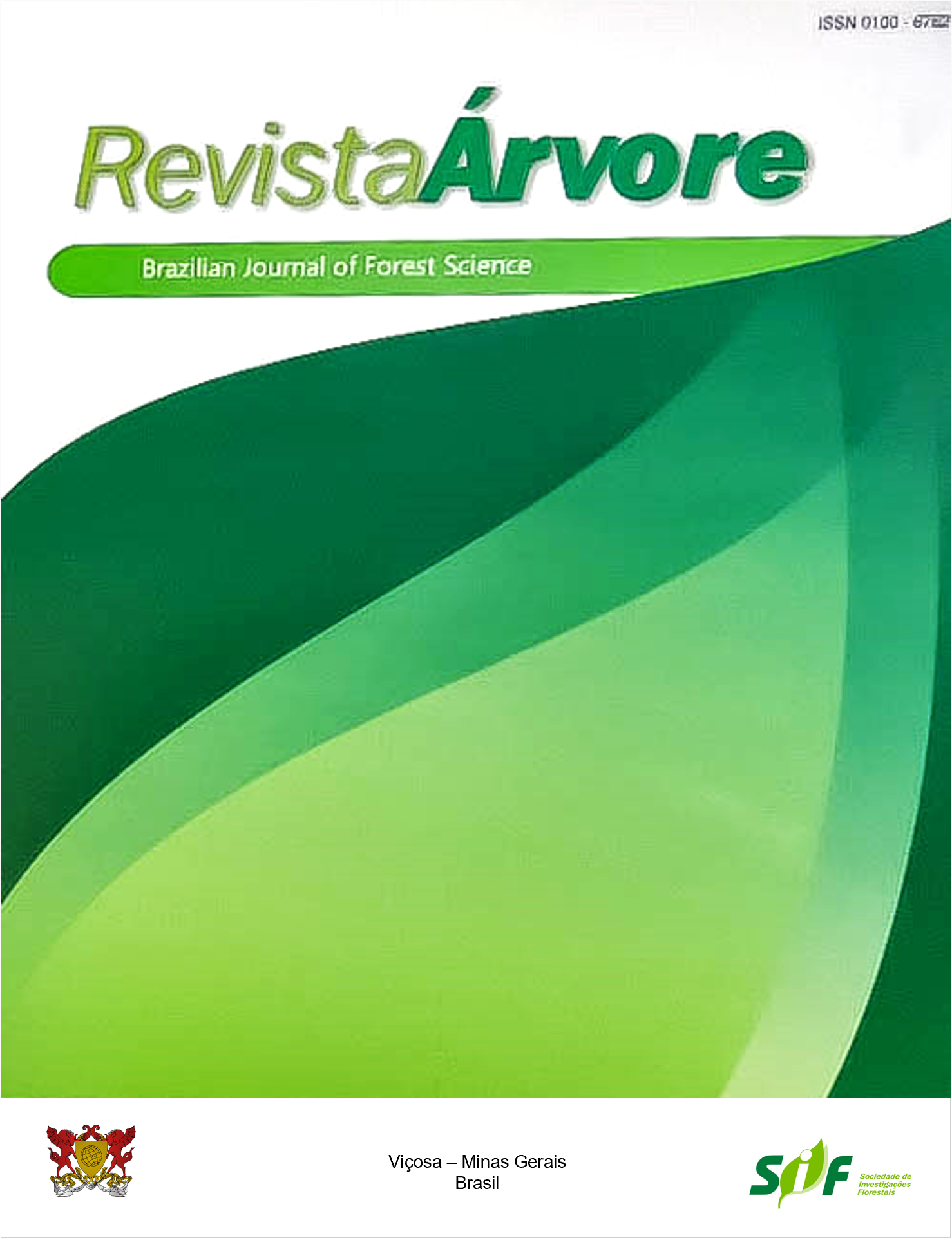EFFECT OF ARTIFICIAL WEATHERING ON PHYSICAL AND MECHANICAL PROPERTIES OF WOOD
Keywords:
Artificial weathering, Eucalyptus sp, Goupia glabraAbstract
When wood is exposed outdoors, a combination of chemical and mechanical factors and solar radiation contribute to what is described as weathering, being the main degradation agent in this environment. This paper aims to investigate the effect of artificial weathering on mechanical and physical properties of Eucalyptus sp. and Cupiúba (Goupia glabra) woods simulating natural weathering effects. Samples were aged in UV radiation chamber with humidity and temperature control for 100, 200, 300 and 400 hours, considering aging cycles according to ASTM G154 (2006). Wood properties investigated were Conventional value of strength in static bending (fM), Modulus of elasticity in static bending (EM), strength in compression parallel to grain (fc0) and Janka Hardness (fH) according to ABNT NBT 7190 (1997). Effects of artificial weathering on wood properties were evaluated by statistical analysis at 5% significance level. Most of the wood properties investigated did not present significant changes with the aging performed, however, it was noted a decrease in the absolute values of the wood properties absolute values during the aging process. Only fH of Cupiúba wood aged for 100 and 200 hours presented significative performance loss at the significance level considered, which can be related to changes on the wood surface due to weathering exposure.
Keywords: Artificial weathering; Eucalyptus sp; Goupia glabra
Downloads
Published
How to Cite
Issue
Section
License
Copyright (c) 2021 Revista Árvore

This work is licensed under a Creative Commons Attribution 4.0 International License.
All authors agreed to submit the work to Revista Árvore and granted the exclusive license to publish the article. The authors affirm that it is an original work and has not been previously published elsewhere. The scientific content and opinions expressed in the article are the sole responsibility of the authors and reflect their opinions, not necessarily representing the opinions of the editorial board of Revista Árvore or of the Society of Forest Investigations (SIF).




